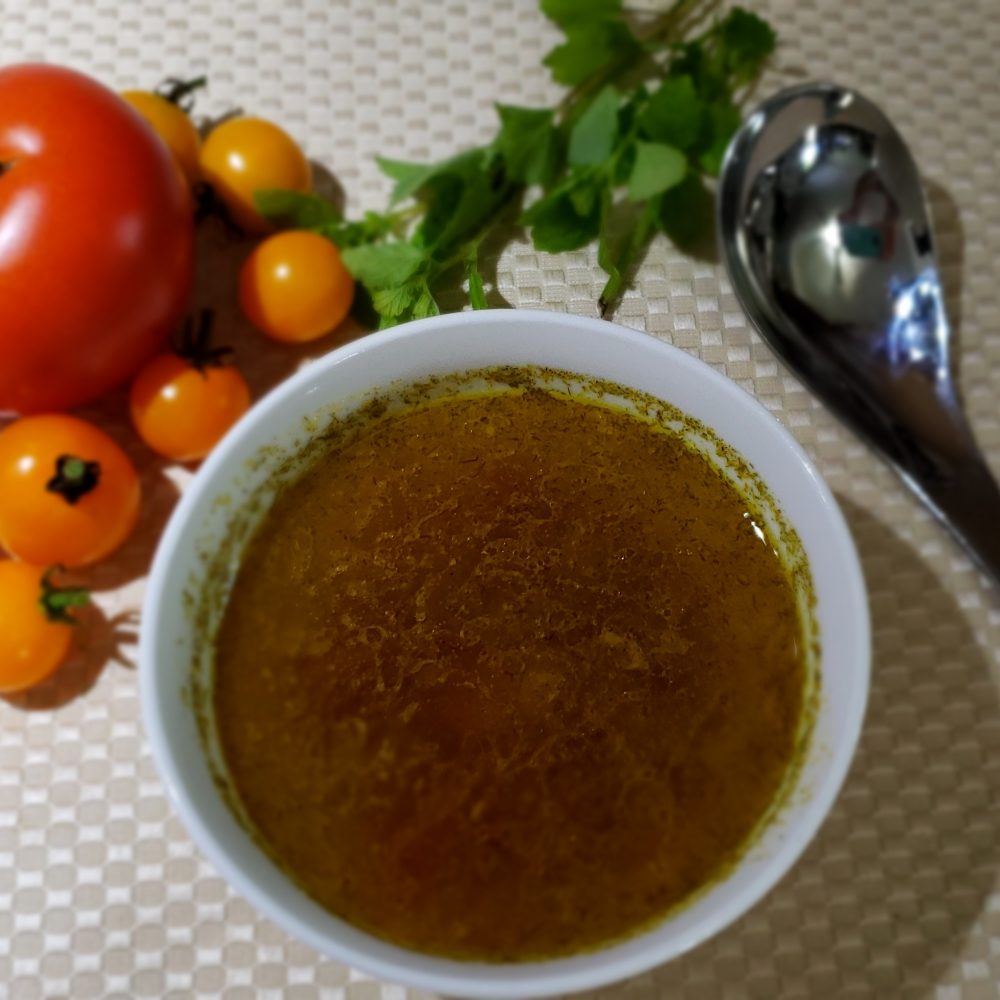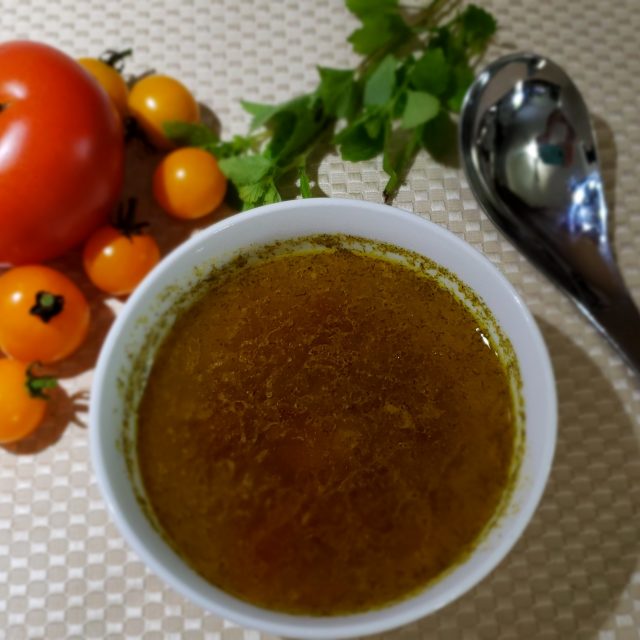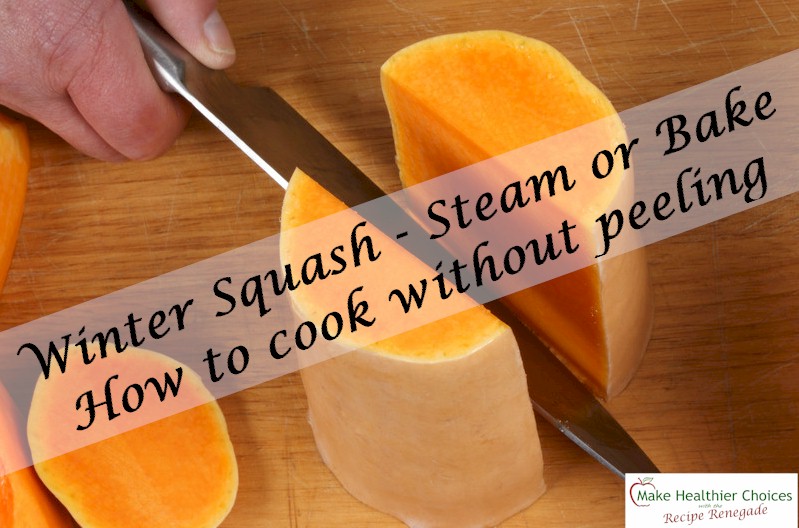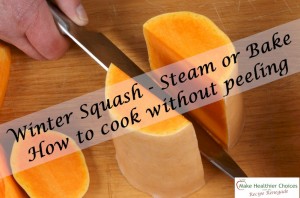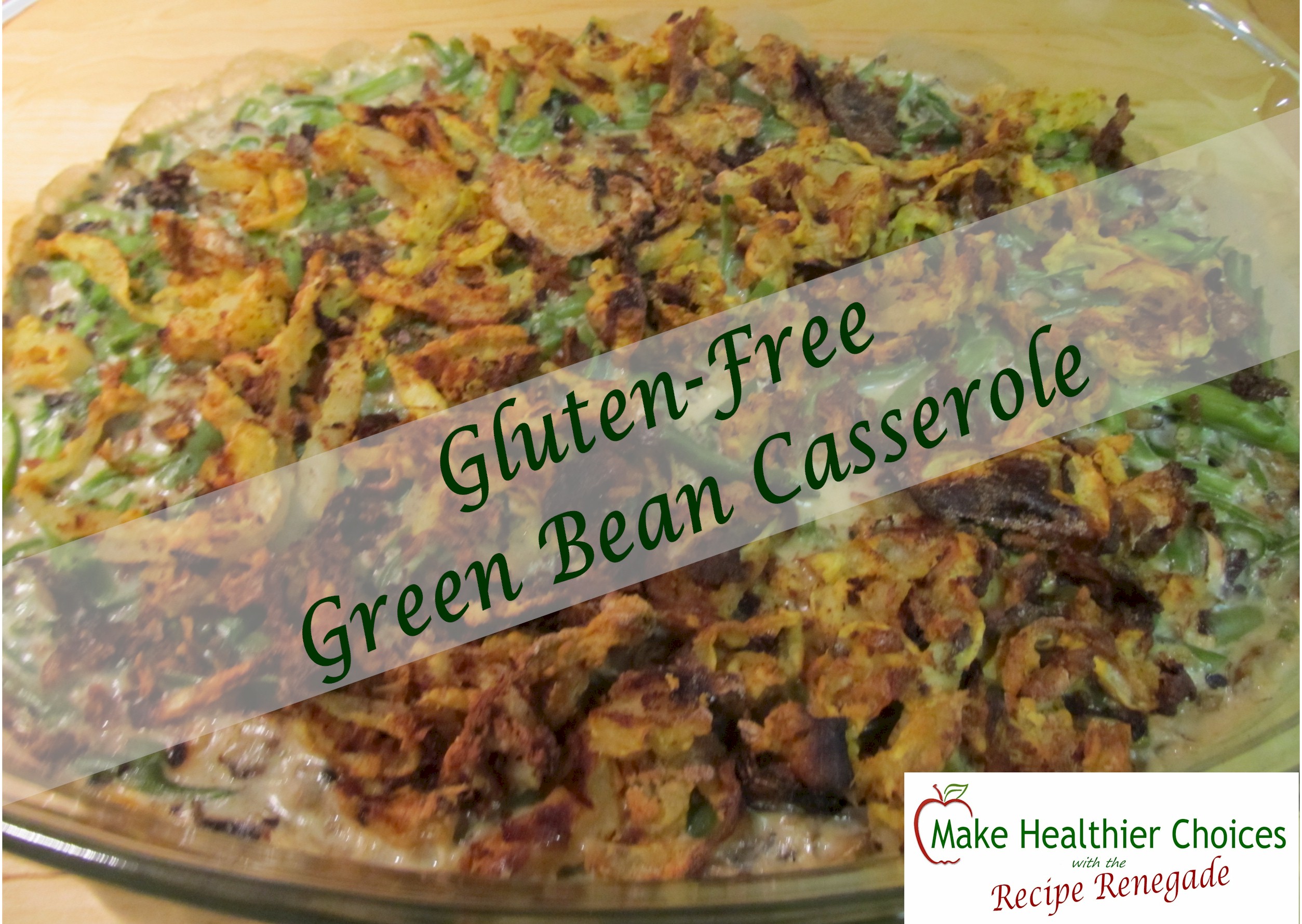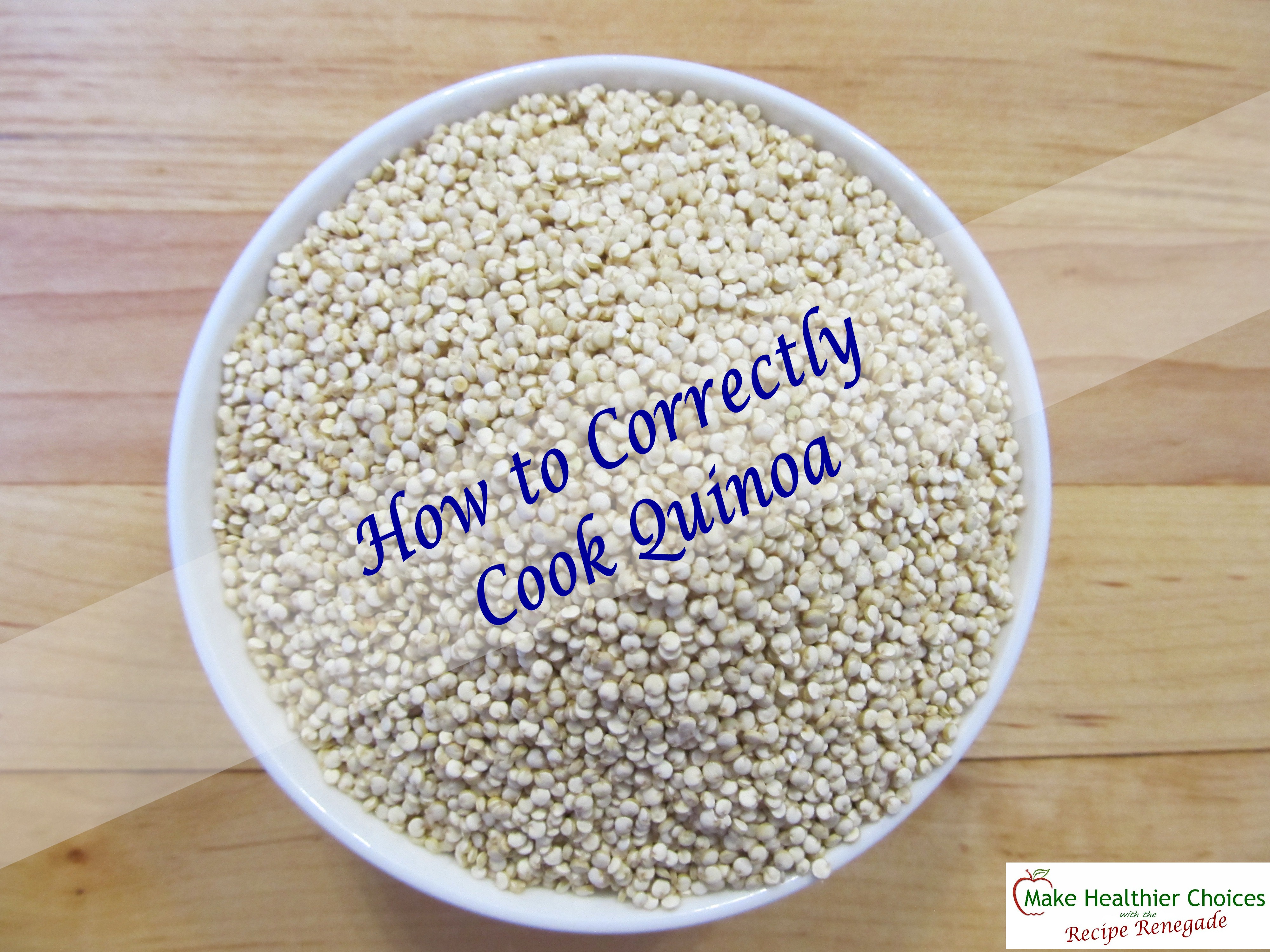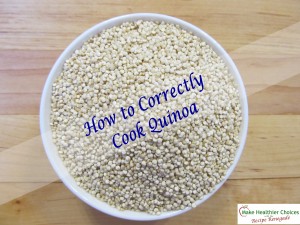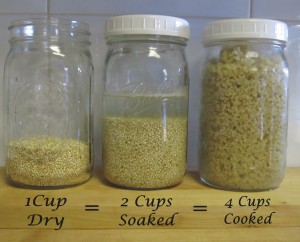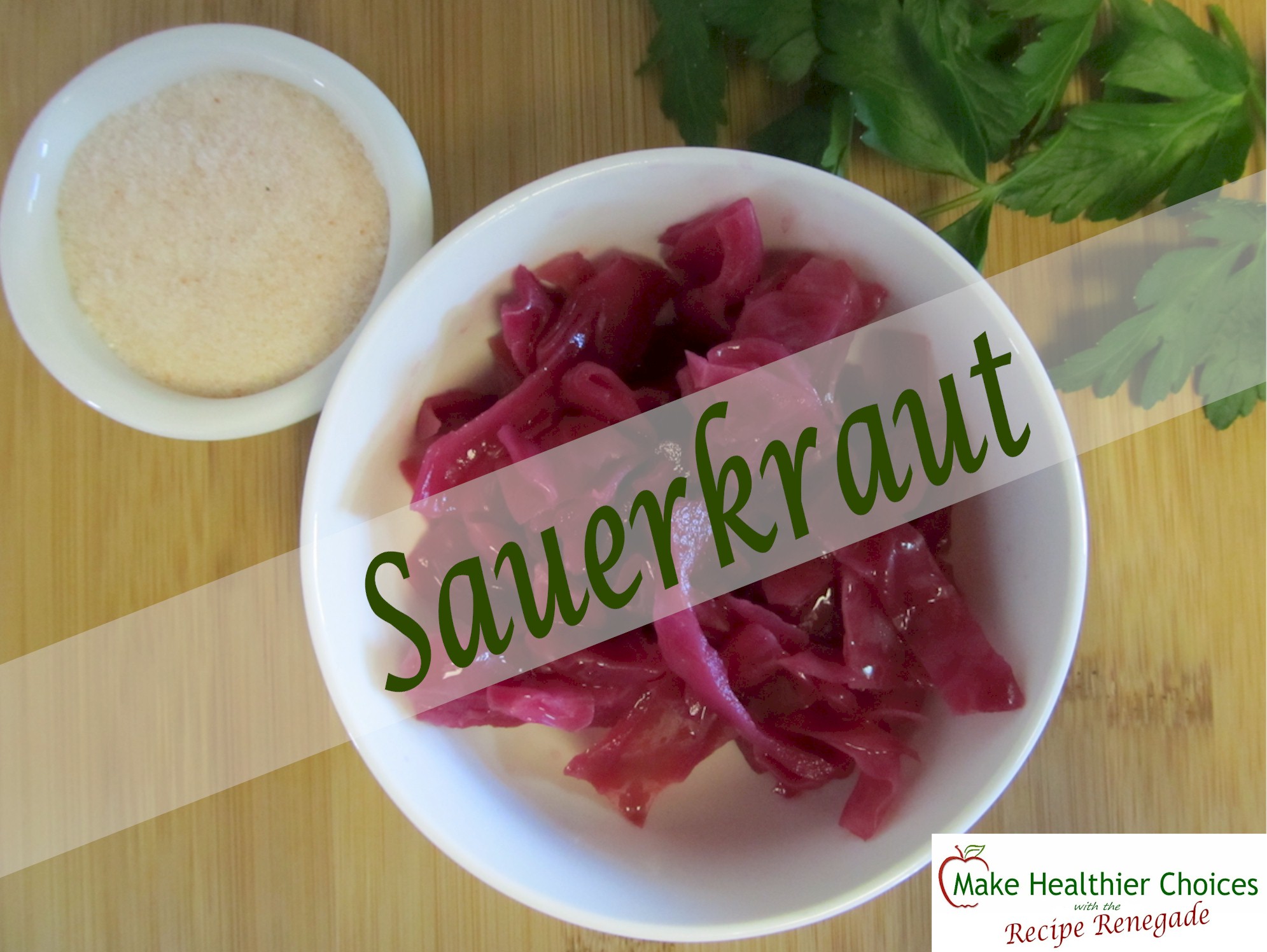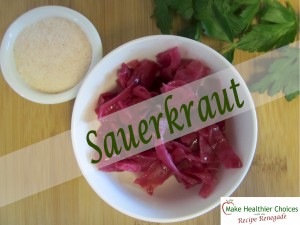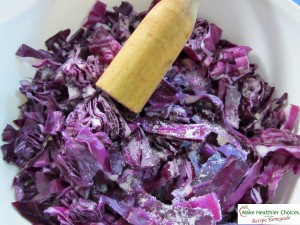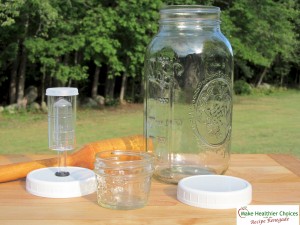A friend, Lynn Parker, gave me the ingredient list for this recipe. She calls it Thai Soup, but I call it Immune-Boosting Soup. I cook all of my bone-in chicken in my Instant Pot, which gives me a beautiful bone broth. If I use my Instant Pot, pot, there’s no need to further cook the bones. Chicken cooks in about 25 minutes, and produces a beautiful gelatin.
Make it Strong or Weak
I made an extremely strong batch of this soup using water instead of chicken stock/bone broth, and froze it in small batches in 16 oz freezer-safe canning jars. When I make a bigger batch, I use the larger freezer-safe canning jars. After thawing, I added the fresh bone broth and then heated it–YUM. If you find you made your batch too strong (too much garlic, ginger, lemongrass, or cayenne), just add more chicken stock/bone broth or even some water.
I bet you’ll want to double or triple this recipe and freeze it or can it. If you freeze it and plan to use glass jars, be sure to use ones that are safe for freezing. The freezer-safe jars are the one that are completely straight and don’t have a shoulder.
I’ve added Thai Soup #2 with the amounts I used in my latest batch. This batch could have been a little stronger–maybe less water.
- Bone Broth or Chicken stock
- Garlic
- Ginger
- Turmeric
- *Tomato
- Cayenne
- Onion
- Mushrooms
- Carrots
- Lemongrass, Dried or Fresh
- *If you don't have fresh tomatoes, it's okay to use canned.
- After cutting up ingredients into bite size pieces, slow simmer in a pot for about 45 minutes, being careful not to boil the broth/stock away.
16 oz and 24 oz Freezer-Safe Jars:
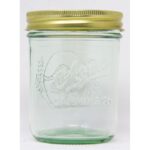
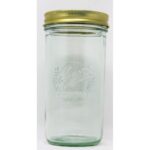
Recipe With Ingredient Quantities – Thai #2
You might want to adjust quantities in this recipe, but this gives you a good starting point. I’ve specified Shitake Mushrooms in this recipe, because they are known as the best for the immune system, but any mushroom will do.
- 32 ounces homemade chicken broth, or 2 16.9 oz Boxes of Bone Broth (or Chicken Stock)
- 6 Garlic Cloves, pressed
- Thumb-size Ginger Root (about 3 tablespoons, sliced or shredded)
- 1 Teaspoon Organic Dried Turmeric Powder (or 3-inches of fresh)
- *3 Medium to Large Tomatoes, blanched with skin removed and diced, or a 15-ouce can of Diced Tomatoes
- ⅛ Teaspoon Cayenne
- 1 Medium to Large Diced Onion
- 1 Cup Shitake (or any) Mushrooms
- 3 Carrots, sliced
- 2 Tablespoons Dried Lemongrass or ½ cup chopped fresh Lemongrass
- Extra tomatoes or water can be added if soup tastes too "hot."
- After cutting up ingredients into bite-size pieces, place all ingredients in a medium size pot and slow simmer for about 45 minutes. Stir occasionally and be careful not to boil the liquid away.
